24 H. of Le Mans - Daytona test serves a key marker for Garage 56 project
On the second day of testing, the car was on track for approximately nine-and-a-half hours during the 12-hour testing block with runs of approximately 25-30 laps being made. Headlights and lights were part of the additions on the car and were used during twilight and night runs on the 3.56-mile road course. As the driver for the earliest tests, Rockenfeller has seen the development of the car up close from the start.
"There’s new stuff on the car almost every test, so that’s good fun," Rockenfeller said. "The racing is something I have never done like that before, but we have certain goals. We want to finish. We don’t want to be last. With the group of drivers we have there is always a little fun competition in between us. At least there, you try to push each other.
"Honestly, we can fight some cars on the track. That’s the expectation and in the end, it is to showcase the car to the fans, to Europe and to the biggest endurance race in the world. To be out there with a NASCAR race car is so unique in itself."
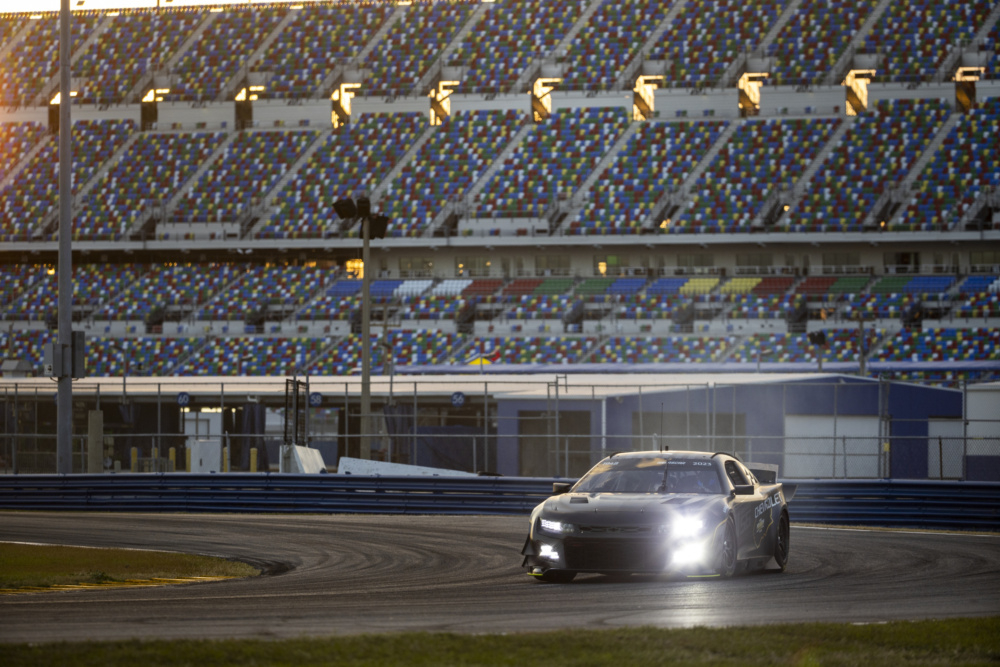
On day one, the four drivers rotated in and out to work on balance changes and testing different Goodyear tire constructions and compounds. Up until the Daytona test, most of the tests had occurred in wet weather. The on-track time at Daytona saw the drivers manage the grip during warmth in the daytime and cooler temperatures in the evening. In addition, the team spent time working through driver changes, which will be performed with drivers going in and out of the window opening (as opposed to using a door as is done in sports car racing).
"Our ultimate goal is to put our drivers in the best situation possible to succeed and that is comfort," Greg Ives, who is very involved in the Garage 56 project in his new role, said. "Comfort within the cockpit and comfort within the actual performance of the car. With the Garage 56 car, our basis is off the current Gen-7 Cup car. We are able to do some modifications and adjustments to it, but we also still want to save the look and aesthetics and majority of the parts from the Gen-7 car."
The team’s driver lineup is incredibly diverse and well rounded. Johnson has a long history with Hendrick Motorsports as he raced in the NASCAR Cup Series for the organization, driving the No. 48 Chevrolet from 2001-20. During that time, he won 83 races and a record-tying seven championships for the team.
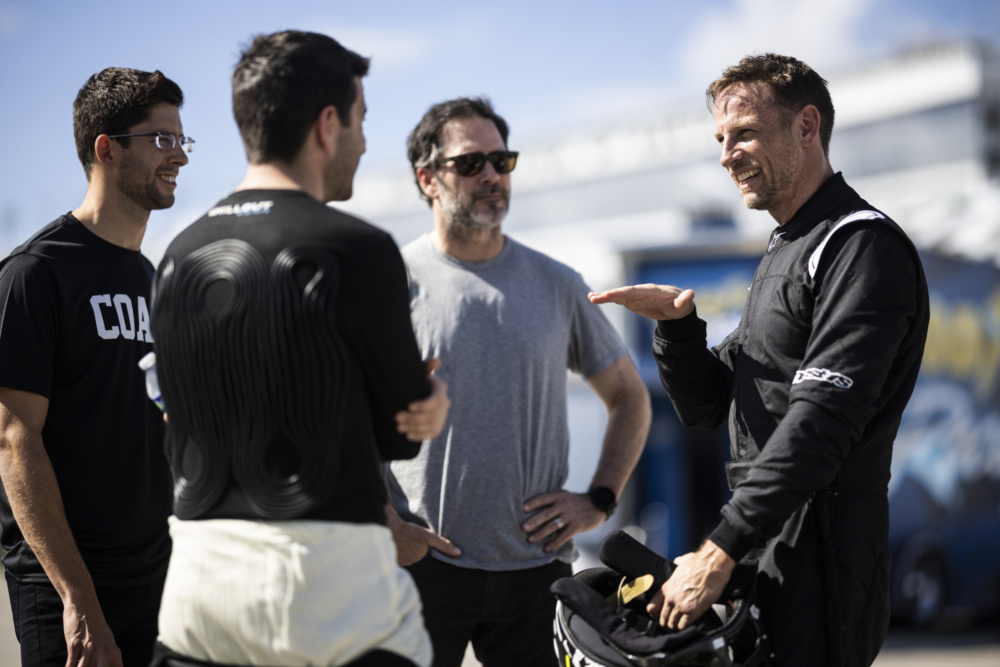
Rockenfeller is a sports car veteran with a winning pedigree. The German-born driver is a two-time winner at Le Mans – in the GT Class in 2005 and as part of the overall winning team in 2010. He was also victorious as part of the overall winning team of the Rolex 24 in 2010. Button is a veteran of Formula One racing and won the 2009 Formula One World Championship. Taylor is currently a competitor in the IMSA WeatherTech SportsCar Championship for Corvette Racing and a four-time champion in IMSA. He also earned a GTE Pro Class win at Le Mans in 2015.
Last March at Sebring International Raceway, Hendrick Motorsports announced, in collaboration with NASCAR, Chevrolet, IMSA and Goodyear, its intention to compete in the 2023 edition of the 24 Hours of Le Mans as the Garage 56 entry. The entry awaits its official invitation from I’Automobile Clube de I’Ouest (ACO) and it’s anticipated to be approved for entry in the coming weeks, according to a NASCAR release last month. The Garage 56 entry will be a modified version of the Next Gen Chevrolet Camaro ZL1 race car. The Garage 56 program was introduced in 2012 as a special single-entry class for innovative cars. It allows for creativity without taking away a spot in the traditional starting grid.
"We are all racers. We are looking at these test sessions as an opportunity to make the car as strong as it can be and competitive as it can be," Johnson said during a break in testing. "It’s weird in that we don’t have another car that we are racing.
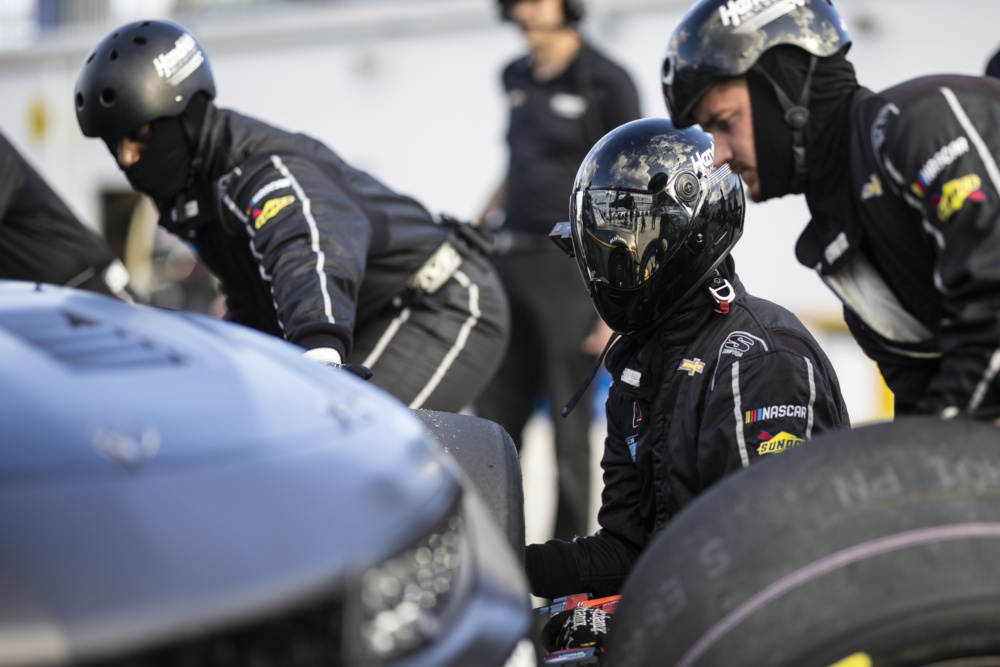
"We are still developing the car. It’s great to see the professionalism everybody is bringing to the table. The commitment, the work ethic. All those things that you do normally to go win a race, we are bringing all of that to the Garage 56 program."
Pit stops were also practiced during the Daytona sessions and that group worked through different choreography to figure out what worked best. This marked the first time that the pit team was with the Garage 56 group on site as they had previously just practiced on the Concord, North Carolina, campus at Hendrick Motorsports.
"We want to keep the semantics of a real Cup pit stop with the speed that they are able to generate and the look and the feel of it," Ives said.
In total during the two-day test, the test car logged 455 laps and 1,620 miles. Another endurance test is on the docket for later this month at Sebring International Raceway in Florida.


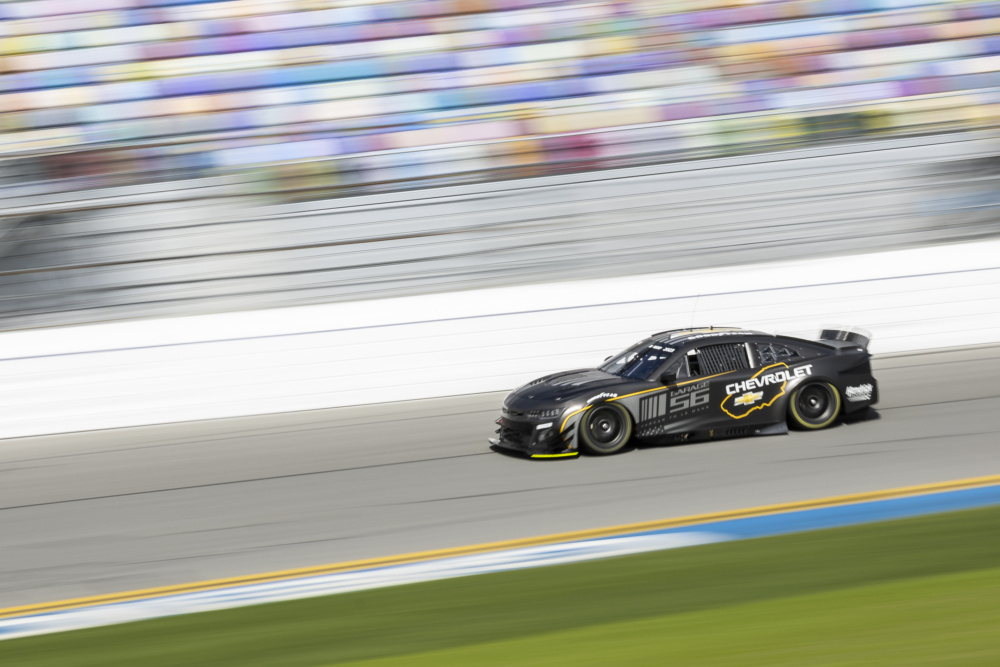
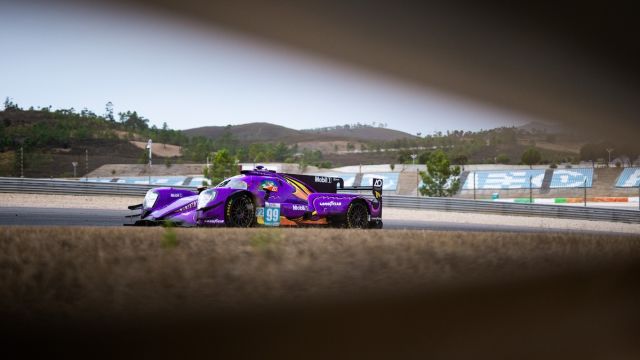
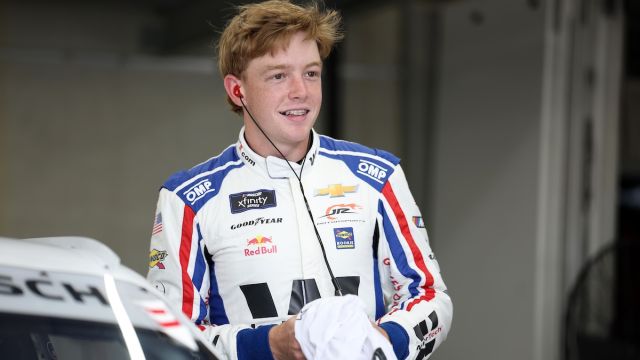
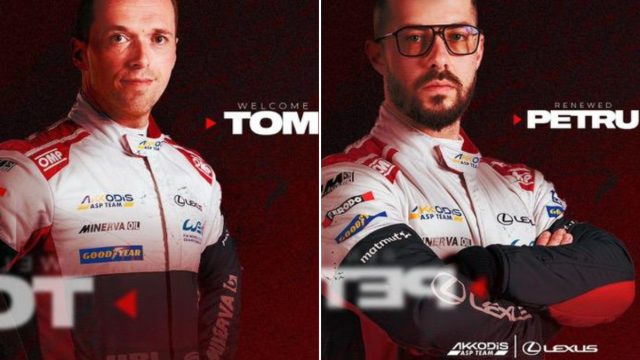
Comments
Log in to comment the article